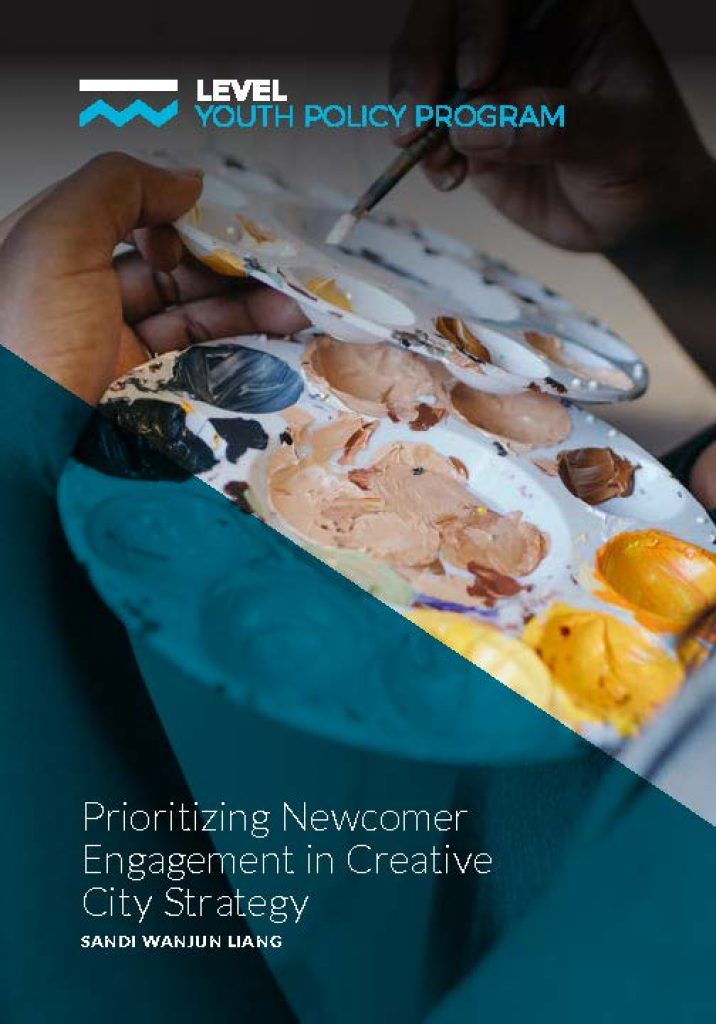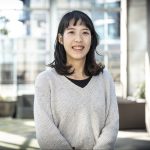A majority of Newcomer residents in Vancouver, unceded homelands of Musqueam, Squamish, and Tsleil-Waututh First Nations, do not feel they belong to the city.2 To support integration, a federally funded settlement program provides services to meet Newcomers’ needs in the everyday life. The service topics can range from finding a job, to learning English, to getting a driver license. The settlement program is free and available in many languages. When learning about how to live in Canada, at the same time Newcomers are disconnecting from their own heritages, languages, and cultures that are not well-represented in the city. Those who came with passions as artists and cultural workers, may get lost in the settlement journey. Individual’s migrant story can be very different between immigrant and refugee, between those who choose to move to the country, and those who are forced to leave their own countries. Newcomers are looking for creative spaces and supports to express their stories.
This urgent need aligned with the key themes of Creative City Strategy, a vision and plan for art, culture, and creativity in Vancouver under a framework of Reconciliation. The strategy aimed to commit to equity, access, and inclusion. To support art and cultural diversity in the city, Creative City Strategy should work with the Newcomer community to learn about their needs; to make collaboration and to create opportunity for relationship-building between Indigenous people, Newcomers, and other arts and culture communities in the city.
This project looks to fill the three main objectives:
- To identify the current approach of Creative City Strategy and its challenges for Newcomers engagement.
- To identify key gaps in resources and services between what is available in settlement programs and art service programs, with the actual needs of Newcomers.
- To provide recommendations and specific actions on how Creative City Strategy can address to the gap identified to better support Newcomers in the city.


